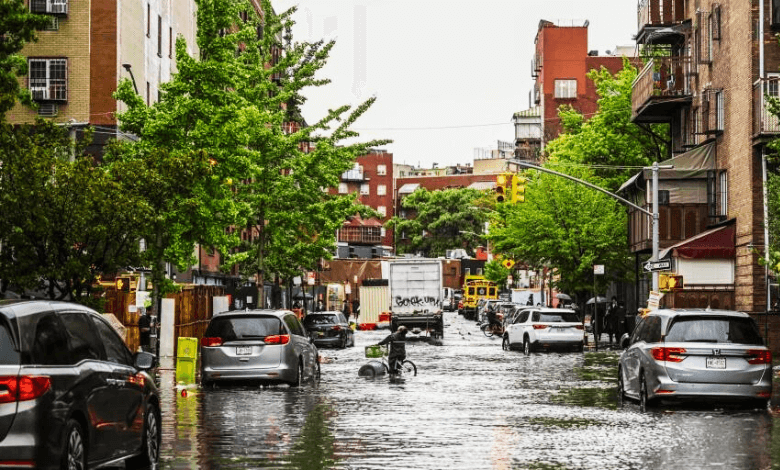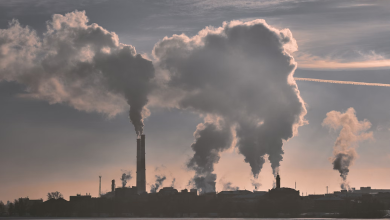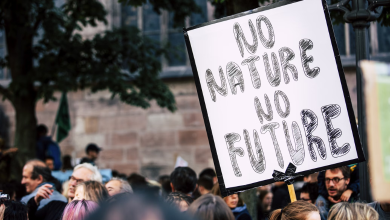NYC Flooding: Can Big Apple’s Infrastructure Handle Modern Storms?

A severe storm dumped more than 7 inches of rain in less than 24 hours over parts of New York City on Friday, turning streets into fast moving rivers.
The storm laid bare how vulnerable the Big Apple’s ageing infrastructure is to extreme weather events that are intensified by the climate emergency.
A number of roads were closed and cars were submerged, with subways, regional rail lines and air travel facing suspension or delays. At least one school in Brooklyn had to be evacuated.
Eric Adams Drawing Flak For Not Acting Sooner
Around 23 million people across New York, New Jersey and Connecticut were under flood watches on Friday. New York Governor Kathy Hochul declared a state of emergency.
NYC Mayor Eric Adams also issued a separate state of emergency, drawing criticism for not doing enough early on to warn residents about the seriousness of the situation.
“The bottom line is that we have infrastructure … that is just simply not capable of withstanding the climate that we are seeing today,” said Steve Bowen at Gallagher Re.
Hurricane Sandy Should Have Been A Wake-Up Call
Friday’s chaos hit just two years after flooding from the remnants of Hurricane Ida battered the five boroughs and killed at least 13 people in the city.
It also hit more than a decade after Hurricane Sandy forced officials to rethink the meaning of climate resilience. The storm in October 2012 was supposed to have been a wake-up call.
Sandy made landfall as a post-tropical cyclone near Atlantic City, cutting power to 2 million New Yorkers and killing 43 city residents, according to the city comptroller’s office.
Why Does NYC Still Deserve Some Credit?
“We are not fixing things at the pace our climate is changing and that’s going to continue to be a challenge,” Louise Yeung, the comptroller’s chief climate officer, said in an interview.
ALSO READ : Libya Floods: A Lethal Confluence Of Factors Paved The Way For The Catastrophe
Mona Hemmati at Columbia Climate School said the city’s stormwater management systems are outdated and were not designed to handle the level of runoff that is now a reality.
Nevertheless, the postdoctoral research scientist said the city deserved some credit for prioritising climate resilience in rebuilding efforts after Sandy, adding: “It is getting better”.



